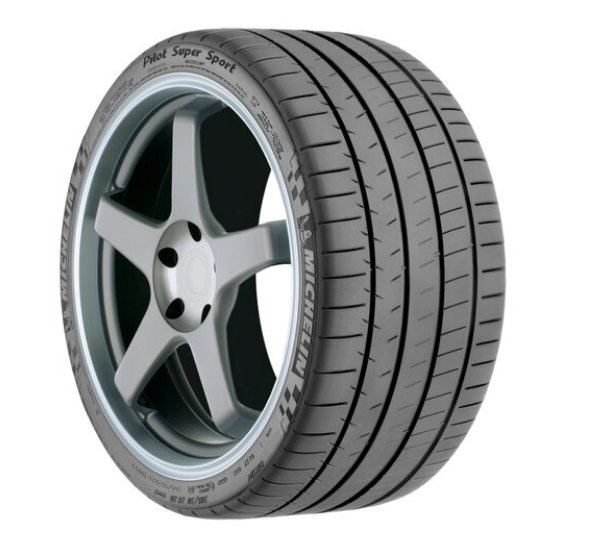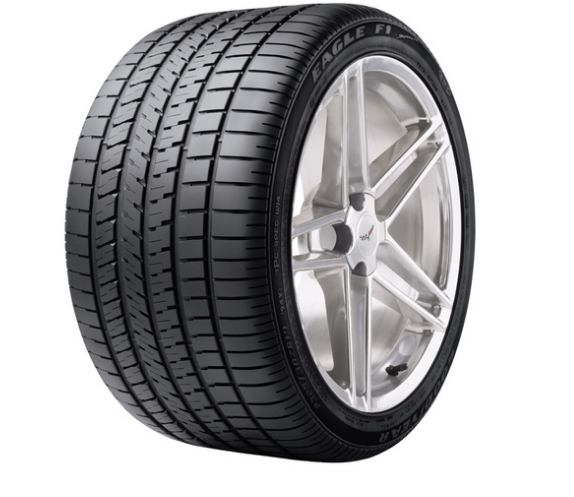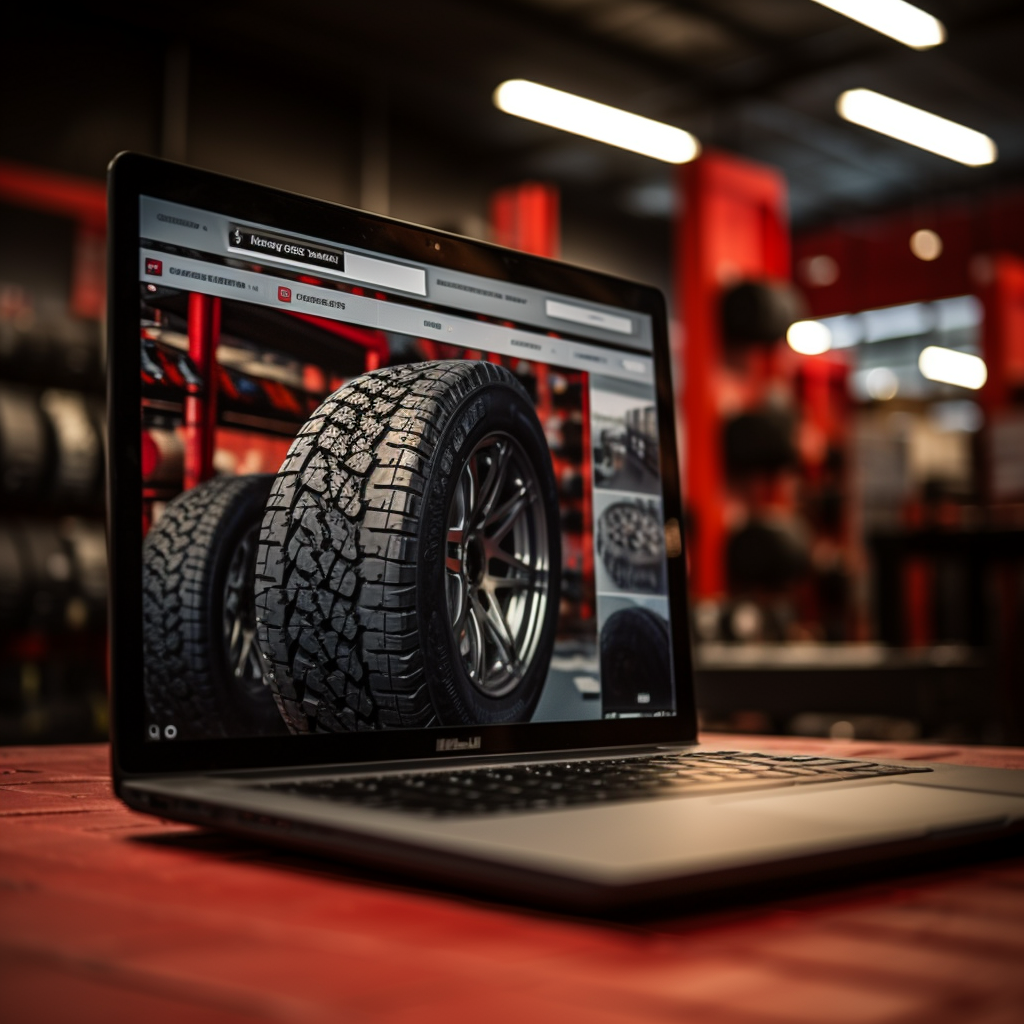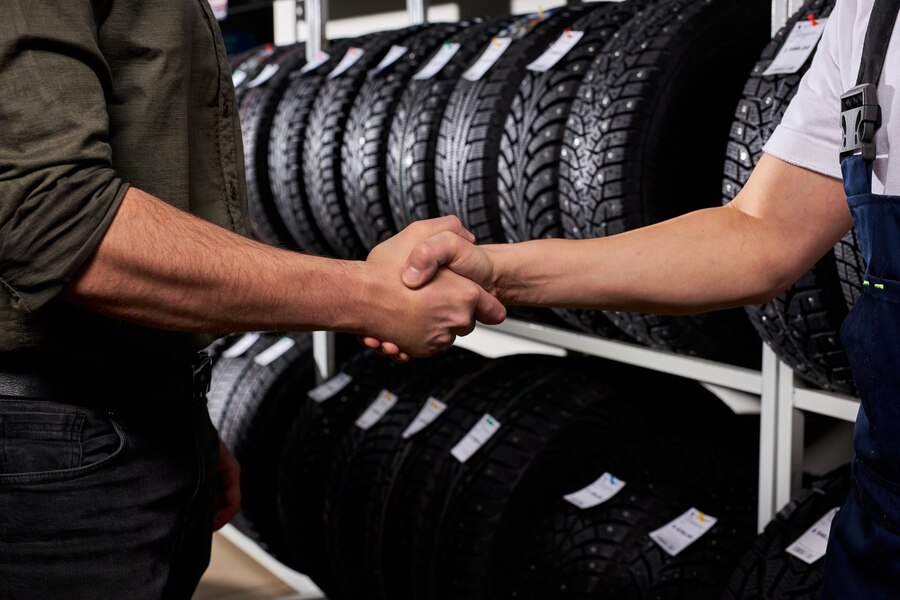Last Updated on April 21, 2024
Choosing the Right Race Tires for Ultimate Racing Precision
If you ever take your car to the track or drag strip, you have likely considered buying race tires that are made for competition. A tire that can help lower lap times and be used on the street simultaneously seems like an excellent option for anyone who does not have the luxury of a purpose-built race car that is trailered to and from the track.
For hard-core racers, DOT (Department of Transportation) racing tires are the answer. There are plenty of race tires that have the DOT “label”; however, you should proceed with caution before using them on public streets. For the occasional weekend race warriors, ultra-high-performance street tires are the better option.
Unlock Speed and Performance: The Ultimate Guide to Race Tires
When it comes to racing, every millisecond counts. And in this sport, where speed and precision matter, your tires play a crucial role. Welcome to our comprehensive guide on race tires – the key to mastering the racetrack.
Why Race Tires Matter
Standard street tires are built for comfort, durability, and varied conditions. Race tires, on the other hand, are specifically designed for speed, grip, and handling on the race track. They are the unsung heroes, ensuring your vehicle stays connected to the tarmac, providing stability in sharp turns, and supporting those all-important rapid accelerations.
Types of Race Tires
- Slicks: These are the most common type of race tire. With a smooth surface, they provide maximum contact with the track, offering optimal grip.
- Rain Tires: Sporting deep grooves, they help displace water on wet tracks, preventing hydroplaning and ensuring grip even in wet conditions.
- Intermediate Tires: A middle-ground between slicks and rain tires; they’re used when the track is damp but not wet enough for rain tires.
Key Features to Consider
- Compound: The softer the compound, the better the grip. But softer tires wear out faster.
- Tread Pattern: While slicks are smooth, different weather conditions require different tread patterns.
- Size and Width: Depending on your car and the race type, the tire size and width can vary.
- Heat Resistance: Racing generates a lot of heat. Ensure your tires can handle and dissipate this heat effectively.
Maintaining Your Race Tires
Race tires demand care. Always store them in a cool, dry place and regularly check for wear and tear. Remember, the performance of a worn-out race tire can be drastically different from a new one.
DOT Labeled Race Tires
Many sanctioned amateur and professional events require a DOT “labeled” race tire. This could give you the idea that the tire can also be operated safely and legally on public roads. The reality is that most race tires can meet the Department of Transportation requirements for marking and performance, but they are still not intended for highway use.
It is unsafe to operate any racing tires on public roads, especially R-compound slick tires. An excellent example of a DOT-labeled tire not intended for highway use is the Nitto NT05R tire. It has the DOT label and is street legal, but it just meets the requirements for the street when new.
After even a few launches or drifts, this excellent competition drag race tire will be too worn for safe operation on a public road.
UHP Tires Used as Race Tires
Most people think of ultra-high-performance tires as the typical replacement tires for any vehicle driven on the road. The tires that came equipped on vehicles like Porsche, Ferrari, and sporty models of BMW and Mercedes cars are usually ultra-high performance tires.
These tires are used primarily on high-horsepower and high-performance vehicles and are intended for use on the street. Some ultra-high performance tires are engineered to deliver near r-compound levels of grip in dry conditions. For this reason, many weekend racers use them on the track, drifting, or even on the drag strip.
While fast in dry conditions, these tires are designed for safety in variable weather conditions. The internal construction of ultra-high-performance tires takes into consideration the reaction time and skills of the average driver. It is engineered to provide a more progressive break-away in hard cornering, and a more stable feel at high speeds.
By contrast, R-compound race and drag tires are very stiff and have poor handling for the average driver. They also wear out much faster than ultra-high-performance street tires in almost any driving situation or road surface.
Best UHP Tires with Performance Levels Close to R-compound Race Tires
Few of us race often enough or can afford an extra set of R-compound slick tires for the track. Most weekend racers use their original equipment tires or replacement ultra-high performance street tires and adjust the air pressure for their suspension setup and racing discipline.
Here are some of the brands and models that offer super high levels of grip and handling on tracks and road courses while balancing tread life and safety during the daily commute:
1. Michelin Pilot Super Sport tires: Probably the most expensive UHP tires out there, but considered the industry standard by auto-crossers and car clubs nationwide. These tires have close to the r-compound level of grip on dry tracks but with excellent handling and tread life in normal driving conditions. Available in a wide range of sizes, too.
2. Falken Azenis RT615-K tires: This tire is well-liked by race enthusiasts because of its price point compared to the Michelin and other UHP tires with comparable grip. Even racers with purpose-built race cars will use this as a wet track tire because it efficiently channels water from under the tread.
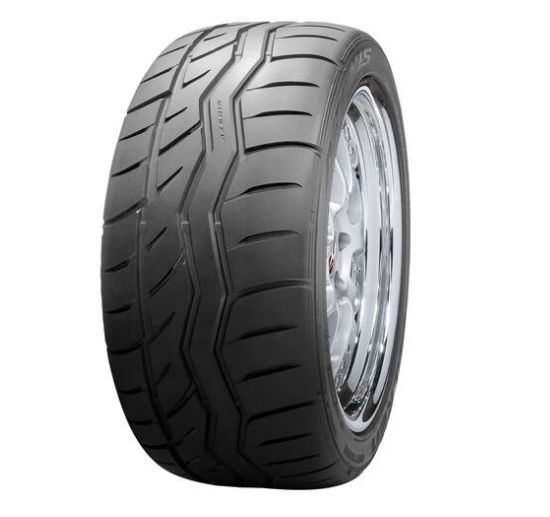
3. Goodyear Eagle F1 Supercar tire: Another well-known and trusted tire by car club members and race enthusiasts, thanks to its extra sticky rubber and crisp responsiveness to steering input. There are also Goodyear Eagle F1 Supercar tires in ROF (run on flat) sizes that work equally well on the track or street.
Conclusion
Whether you’re a seasoned racer or just starting, the right tire can make all the difference. It can be the margin between winning and losing, between safety and disaster. So, research, pick the right tire for your needs, and always prioritize safety over everything else.
In racing, the tire you choose can make all the difference between a triumphant finish or a missed opportunity. This guide has delved deep into the top three race tires, emphasizing their unique capabilities and contributions to speed and performance.
As racers know, it’s not just about the car’s engine or the driver’s skill but also about the rubber meeting the track. Ensure you make an informed choice, and remember, with the right tire, you’re not just racing; you’re soaring toward victory.
Elevate Your Racing
Ready to elevate your racing game? Dive into our curated collection of top-tier race tires at Tire Easy. Optimize your race day performance – Buy Now!
FAQs
What tire is the best for racing?
The “best” racing tire largely depends on the specific requirements of the race, such as track type, weather conditions, and vehicle specifics. However, brands like Michelin, Pirelli, and Goodyear frequently produce top-performing racing tires renowned in the motorsport industry.
What is the best brand of all-season tires?
Several brands are well-regarded for their all-season tires. Michelin, Bridgestone, and Continental consistently receive high marks for their all-season tire offerings in performance, durability, and safety.
What is the best street tire for drag racing?
For drag racing on the street, it’s essential to have tires that provide excellent grip to improve launch times. Brands like Mickey Thompson and Nitto have street-legal drag racing tires known for their exceptional traction and performance. Always ensure any tire used on public roads is DOT-approved.
How do race tires enhance speed and performance?
Race tires are specially designed with compounds that provide maximum grip on race tracks. This grip allows cars to corner faster, brake later, and accelerate harder. Their construction also ensures they can withstand the stresses of high-speed racing, thereby enhancing overall vehicle performance.
How often should race tires be replaced?
Unlike regular tires, race tires might need replacement after just one race or a few laps, depending on the tire’s wear, track conditions, and the racing style. It’s crucial to regularly inspect race tires for any signs of degradation or excessive wear.



